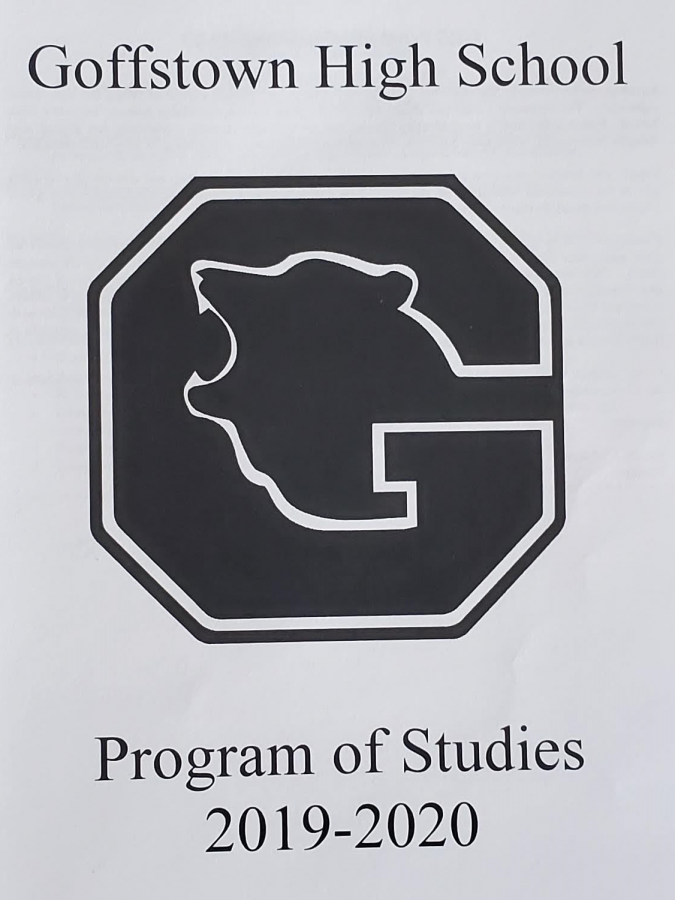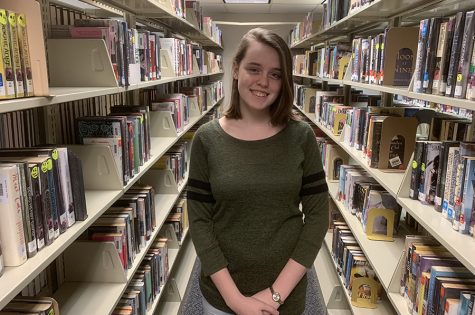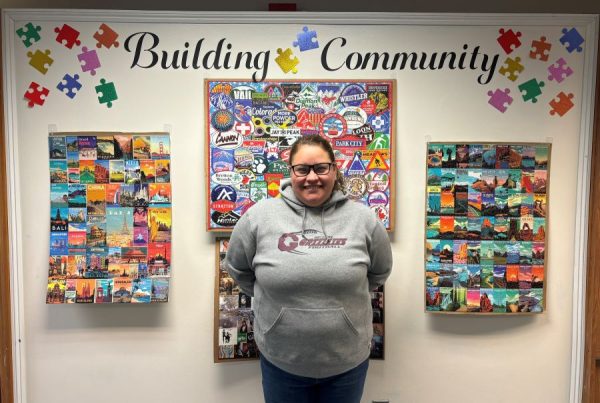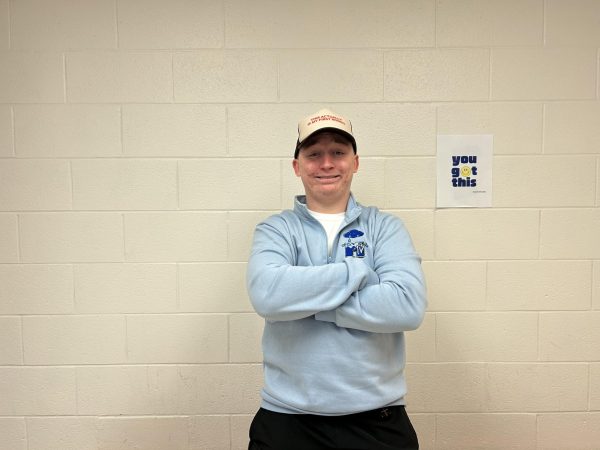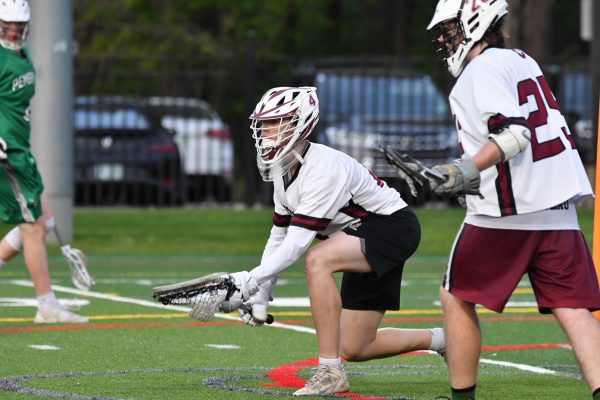Creating Student Schedules
March 13, 2021
Right before the beginning of the year, students were handed their school schedules for their attendance here at GHS. Some people complained about how late they were given or that their schedules didn’t have the right electives, but most students don’t understand the process behind their schedules. On average, it takes the team of four, Mrs. Lewis, Mrs. McCann, Mrs. Myrdek, and Mr. Farley, a whole year to work on making the schedules come together.
It all starts in August, at the beginning of the school year. This is when Mrs. Lewis and Mrs. McCann start to investigate new potential courses. Then they submit their new programs to the school board for consideration. These potential courses go through tons of critical evaluation before they are even put onto the Program of Studies. This process takes roughly five months and ends in January with the last look from the full Board of Education.
After this process, Mrs. Lewis holds her annual course presentation, highlighting which credits are required for students to take, and also new courses that are being offered. Then students are sent on their way to pick their courses for next year. Later, students meet with their assigned guidance counselors to view their pending course selections. Guidance counselors quickly review each student’s selections and talk about their graduation progress. Sometimes, guidance counselors need to rework the entire pending selection, and sometimes, the student’s selections are accurate to their interests and needs.
Not many students understand that the schedules they pick are “truly looked at,” Mrs. McCann says. The courses that students pick for their schedule drive what courses will run for the next year. When asked what would make this process easier, both Mrs. McCann and Mrs. Lewis said that the student requests drive every decision. Students must pick courses they are interested in while selecting both their first pick and second or runner-up courses, if their schedules don’t allow for their first picks.
This is where everything becomes extremely complicated. After those students’ requests are entered into Powerschool, the programing starts running and reports how many students are requested per class. Mrs. McCann and Mrs. Myrdek work in Powerschool to see how they can fit students into the schedules. Mrs. McCann points out that even though “100 students want World History Honors, and those 100 students can fit into four classes, they need to prepare for students to want to drop to a lower level, or rise to Honors, or up their workload and move into an AP class.” This means that even though all of the students could fit into four classes, it is necessary to have five or six because schedules need to be flexible for the inevitable change.
After deciding on the number of classes for a particular course, then Mrs. McCann and Mr. Farley need to consider their teaching staff, priorities, and matching classes. This means that they need to not only create each student’s schedule, but they also need to create a teacher’s schedule. After they create a proposed teaching schedule, they think about a teacher’s planning period and what their workload will look like.
Next, each teacher is given their schedule, and Mrs. McCann and Mrs. Myrdek work on filling in each student, taking into account priorities and prerequisites as they place students into classes. After the system loads most of the students in, they hit a stopping point. “For some reason, Spanish 2, every year, never works,” Mrs. McCann proclaims. Luckily, Mrs. McCann and Mrs. Myrdek have been working on this system for long enough that they know each quirk of Powerschool and how to overcome these issues.
Finally, when all of the student and teacher schedules are done, they look at the classroom schedules. Mr. Farley adds that “science rooms are probably the hardest because biology rooms are different than chemistry rooms.” It is important that every classroom is only used once and that each class, like science, is assigned to an appropriate room. They usually worry about classroom schedules during the summer, but it is important to keep these requirements in mind throughout the whole process.
Now that all of the schedules get handed out, students start to view and critique their assigned classes. Usually, this is the time where you see the lines at the guidance office. This is the point students’ guidance counselors come in again. They help students into classes that better fit their interests or needs. This is where it becomes important that Mrs. McCann and others made schedules flexible for students to add, switch, or drop classes. After all the student schedules are confirmed by each student, it is almost time for the process to start again.



